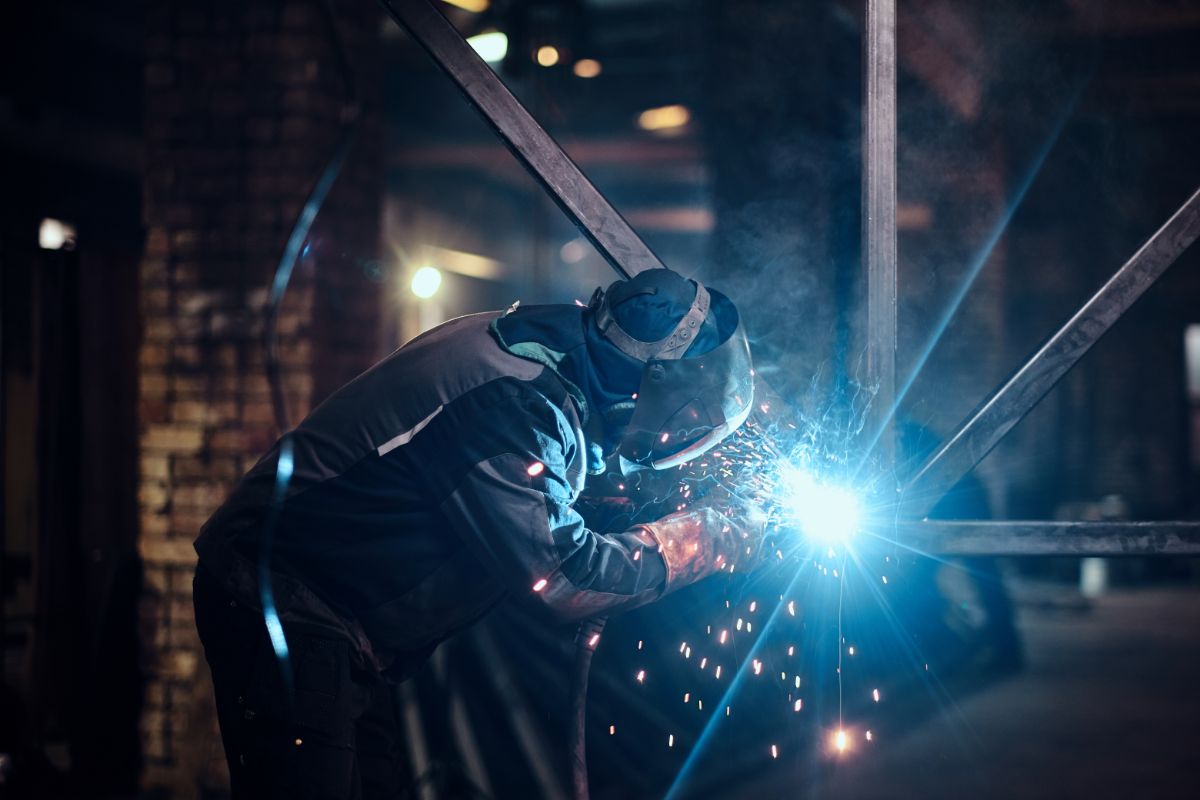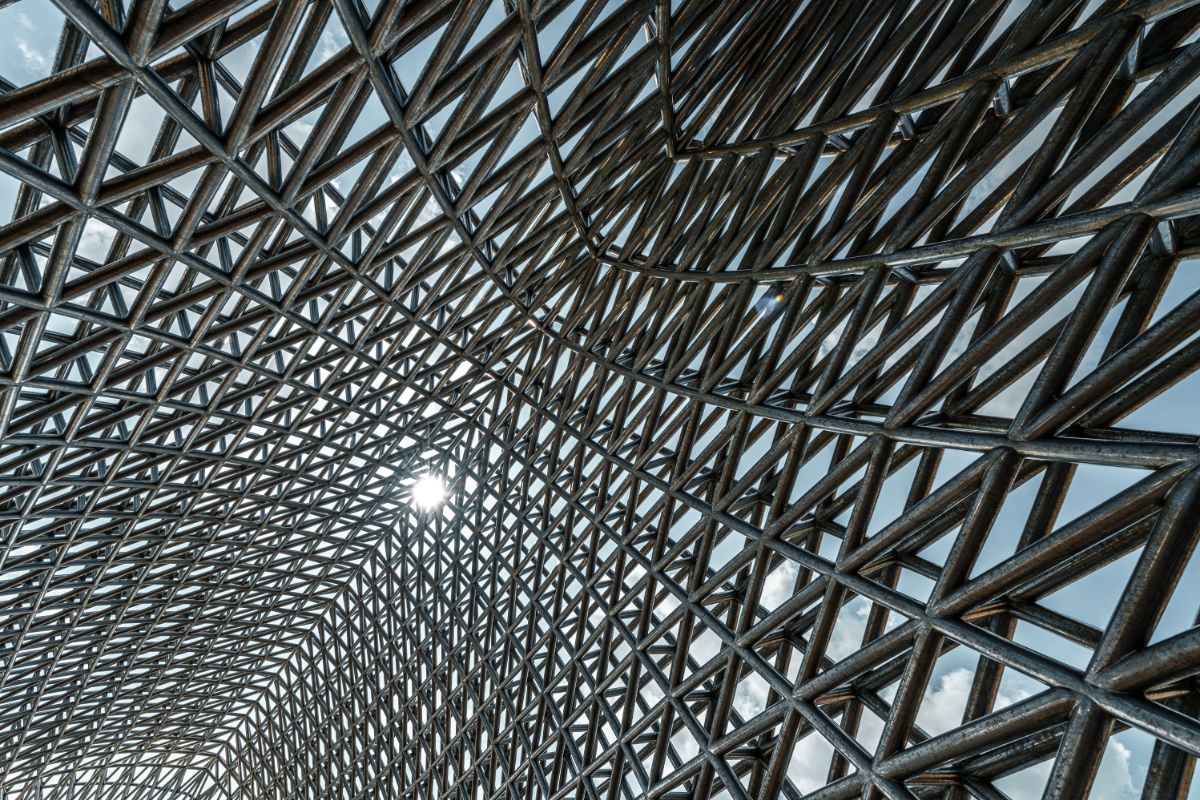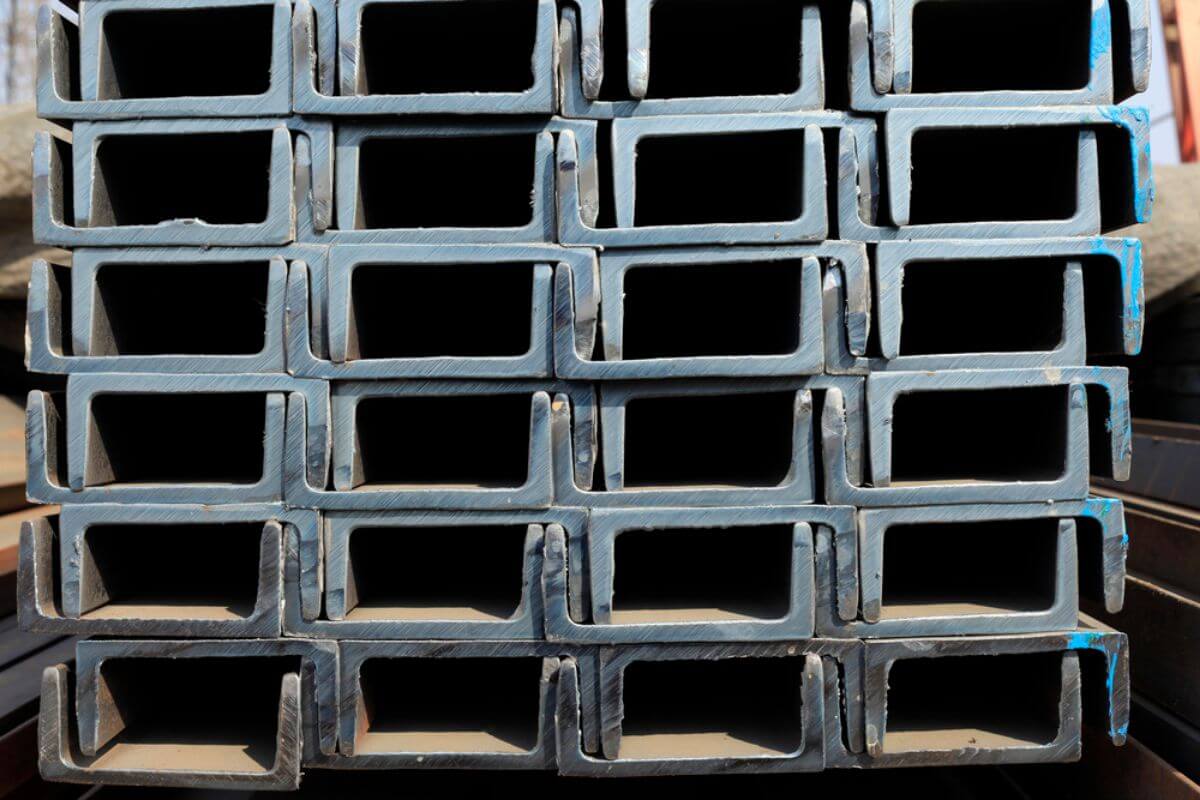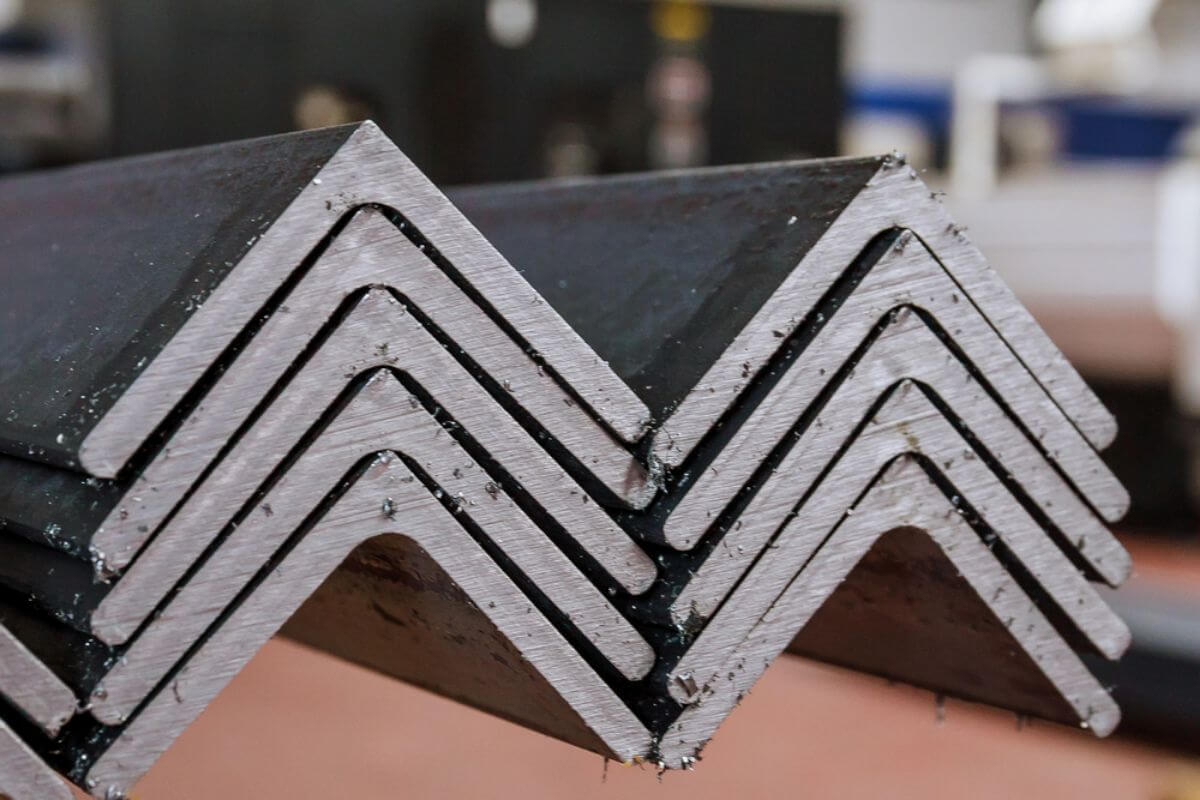Steel is one of the most prevalent materials in any industry — particularly construction. In it, structural steelwork is an essential part of making just about any structure, including bridges, factories, and buildings.
Today, steel products in the Philippines are the backbone of any construction project. This being said, it’s important to understand what this material is, how it’s made, and how each structural steel product is used in the field. In this article, we’ll take a closer look at these important things to know about structural steel fabrication:
What is Structural Steel Fabrication?
Structural steel, simply put, are steel products that are made and shaped for use in the construction of various structures. Steel is the top choice for this application, as it has desirable strength, durability, ductility, and resistance to several elements.
Structural steel is highly dependent on the industry’s needs, and choosing the right products is crucial in making the right structure.
To make structural steel, raw materials go through a stringent fabrication process by companies like Regan Industrial Sales, Inc., which we’ll get into later.
What are the Advantages of Structural Steel?

Structural steel is an in-demand material simply because it’s one of the best things you can use to make any building or structure. It offers plenty of efficiencies that can simplify and speed up the building process, such as:
Strength and durability
It can withstand demanding weather conditions and has excellent load and force resistance. It’s more durable than other building materials, such as concrete and wood. And, it has an incredibly long lifespan. Lastly, it is fire resistant — and more likely to survive other natural disasters than other materials.
Customizability
Structural steel, like other types of steel, can be fabricated in various shapes and forms. This makes it the practical choice for structures, as they can fulfill many different kinds of designs.
Environmentally-friendly
Structural steel is very sustainable, as it is recyclable and has a low carbon effect. It’s the chosen material for construction projects that seek to create a cleaner, greener structure.
Cost-effective
Compared to other materials, structural steel has significant cost advantages. This is partly due to its high strength, resistance, and durability, which makes it a long-lasting investment. This type of material doesn’t have to be replaced for years — even decades after it is installed.
What is the Structural Steel Fabrication Process?
Structural steel, as we mentioned, goes through a very particular fabrication process.
The first step is cutting — it’s put through shearing, sawing, chiseling, and other cutting methods using a variety of tools. Depending on the fabricator, this could include specialized tools like plasma torches, water jets, and laser cutters.
Once it’s cut, it’s bent into the desired shape. Fabricators either hammer the steel manually or use machines to do so. This decision depends on how many bends the product requires. The more they need, the more likely the steel will be bent into shape by machines.
Lastly, structural steel goes through a joining or assembly process. This means different pieces of structural steel are put together. This is usually done by welding, but it can also be bound together through specialized adhesives, rivets, nails, or other joinery.
Most structural steel sections are produced in the fabricator’s factory, and only afterward assembled on-site.
What are the Types of Structural Steel?
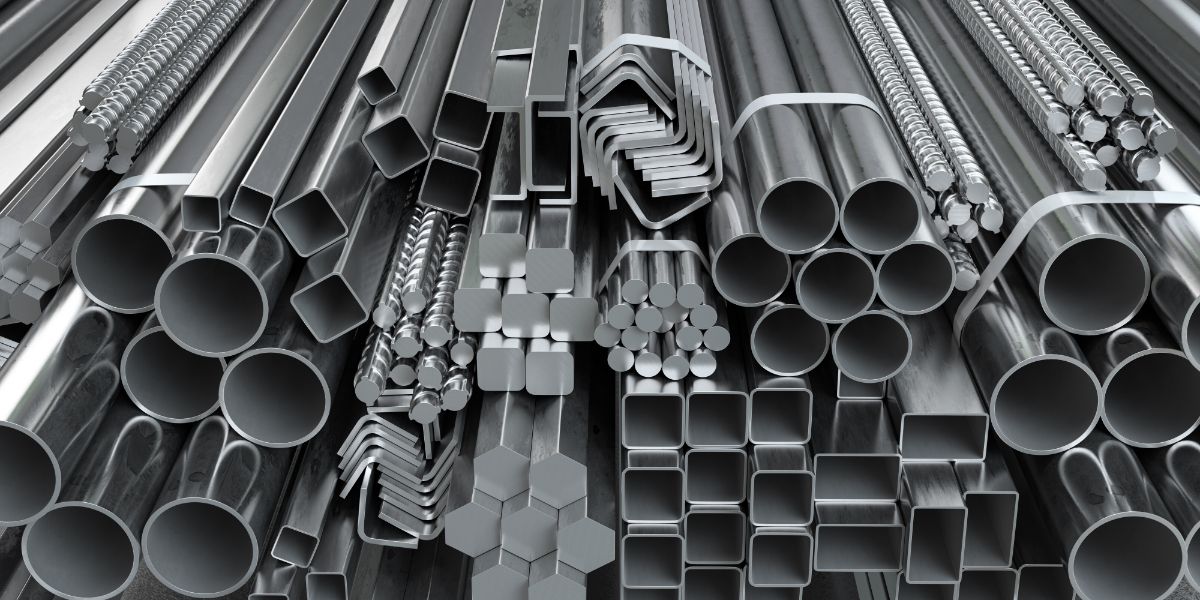
From this fabrication process comes a variety of structural steel pieces — all of which are critical components in the framework of buildings, bridges, and other structures.
Here are some of the types of structural steel that you can order from Regan Industrial Sales, Inc.:
- Angled sections — These structural steel products have a right-angle bend, and are L-shaped. They may come in either equal or unequal lengths, depending on the application. Angled bars in the Philippines are available in a wide range of sizes and are most often used to create industrial and commercial buildings and structures.
- Tubular hollow sections — Also known simply as structural steel tubing. With their hollow cross-section and tubular shape, they have high torsion resistance (i.e. their ability to resist being twisted out of shape). This makes them the ideal material for multi-axis loading structures.
- Flat sections — Also known as structural steel plates. They’re used to reinforce strength in other sections of the building. Their most common use is as baseplates, which help create a stable foundation for a building.
- Hollow Sections — Often abbreviated as HSS (for hollow structural steel), they’re often used to create columns or posts in a structure. They come in many different shapes, such as square, rectangular, and circular. Each shape has a different recommended application, as they perform differently.
- Channels — They come with right-angled corners, and are shaped like the letter U. They come in different sizes and lengths. These products have a high strength-to-weight ratio.
- Flange Beams — These are shaped like the letter I, and also have a high resistance ratio. However, they don’t have high resistance to torsion. They are often used as cross-sections for girders.
Key Takeaway
Because of its ideal mechanical qualities and its versatility, structural steel can be found in many applications in the construction industry. Keep these things to know about structural steel fabrication in mind if you’re looking to take on such a project!
To find a structural steel structure that fits your required form, and is made with function and quality in mind, contact RISI today. We have the skills and understanding to make the steel products you have in mind!
